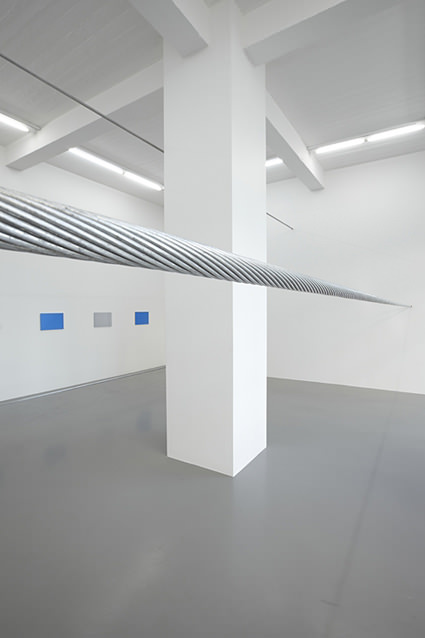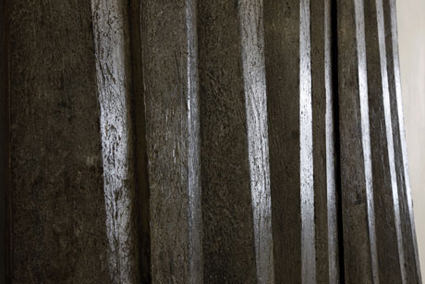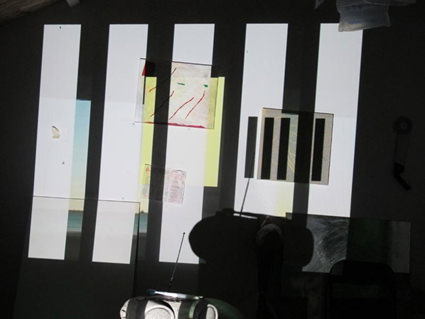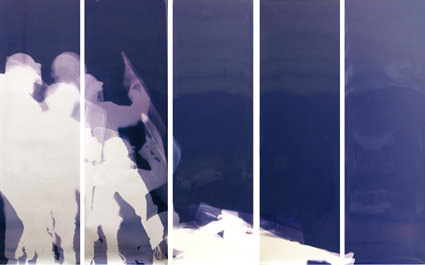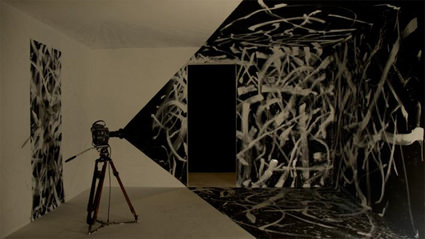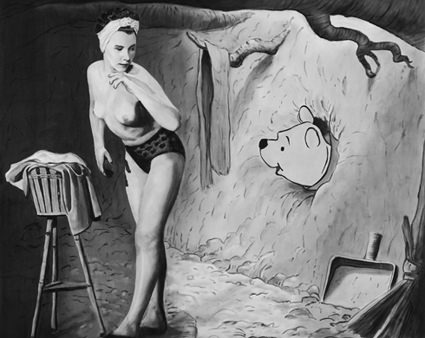ÍVAR VALGARDSSON – POWER LINES
2012-04-16In Power Lines Valgardsson continues his investigation into the materiality of art and his interrogation of ready-made materials. Here the artist presents his viewers with a medium that is familiar to nearly everyone, but at a different scale: generally we see these cables at a distance as part of the landscape, not up close as we see them here. Throughout his career, Valgardsson has used other custom-made DIY materials to produce works of a transient nature. In particular, he has explored the conceptual properties of paint as part of his research into the relationship between nature and the man-made environment, for instance, likening a stream of paint to a stream of water. Thus the power cables are part of Valgardsson ongoing interest in currents, both in the physical and the metaphysical sense.
Valgardsson scrutinises the aesthetics of the quotidian and as he has pointed out, power lines are an ordinary part of our environment: “They are just there.” Unlike the simple building materials and paint he has chosen for previous works, the power line is a phenomenon that is much more loaded, criticised itself as a blot on the landscape and as a symbol of a contested infrastructure. In this exhibition, Valgardsson strips the cables of their specialized function and uses them to create a three-dimensional drawing within the space of the white cube, thereby placing this industrial material into an aesthetic context.
Exhibition runs through to May 5th, 2012
i8 Gallery
Tryggvagata 16
Reykjavik
Iceland
